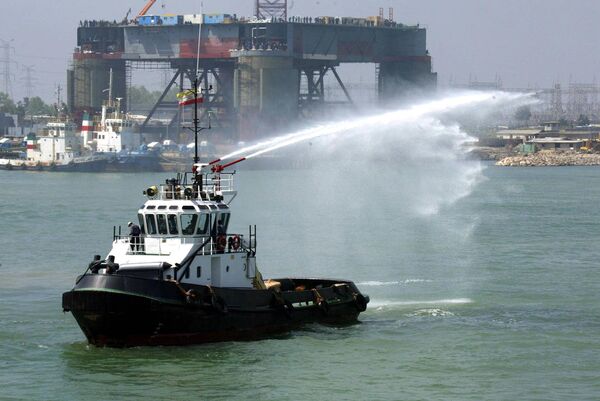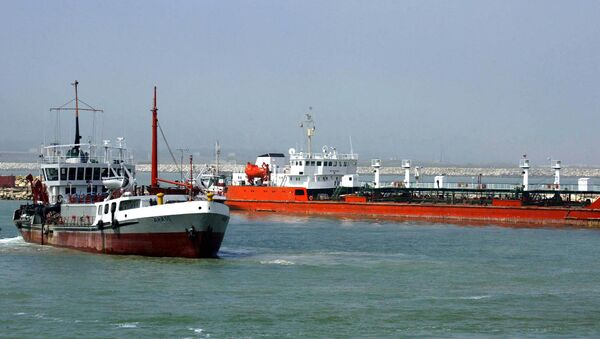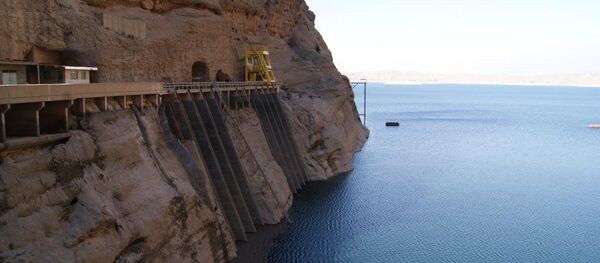In Iran, "work is underway to construct a navigable channel linking the Caspian and the Persian Gulf," economic analyst Alexei Chickin observed.
The initiative itself is not new. The idea first emerged in the late 19th century and by 1890s Russian engineers developed blueprints for the navigable channel that would offer Russia and others the shortest way to the Indian Ocean bypassing the Turkish Straits and the Suez Canal in Egypt.

In February 2015, Chairman of the National Security and Foreign Policy Committee of the Iranian Parliament Alaeddin Boroujerdi told the Fars news agency that Khatam-al Anbiya, an engineering company owned by the Iranian Revolutionary Guard Corps (IRGC), was taking a close look at the project.
But not everyone has welcomed the idea with open arms. "The West and Turkey have directly or indirectly tried to block the waterway [from being created]. As a matter of fact, the United States imposed sanctions" on companies that have been involved in the project, Chickin explained.
Other challenges to constructing the channel that would also help to deal with droughts in central Iran include difficult terrain, the sheer magnitude of the project, as well as the required level of funding, which among other things will have to cover desalination efforts. In addition, the artificial waterway will be built in an area prone to earthquakes.



